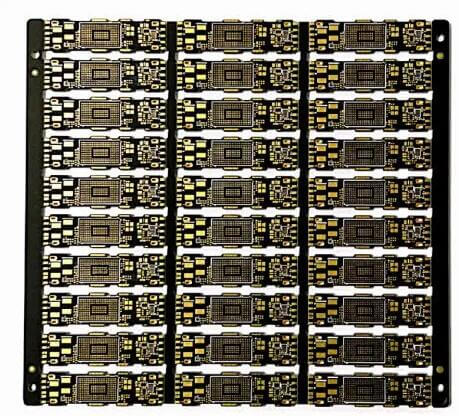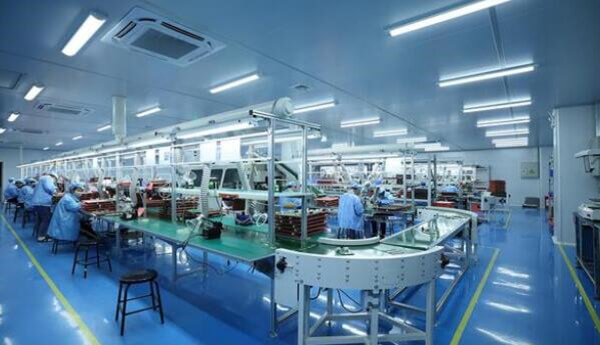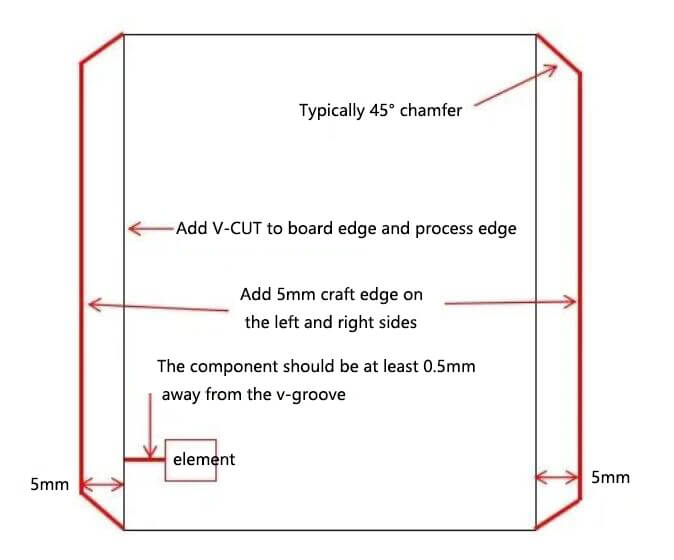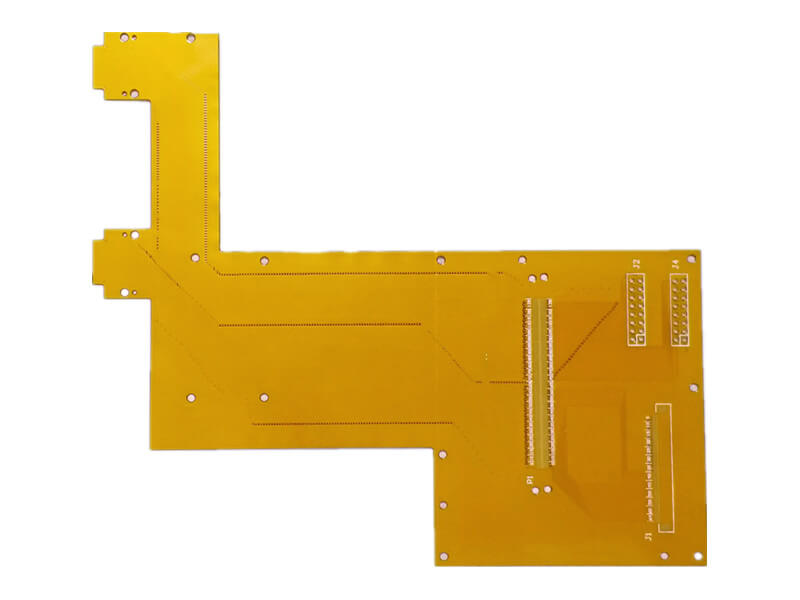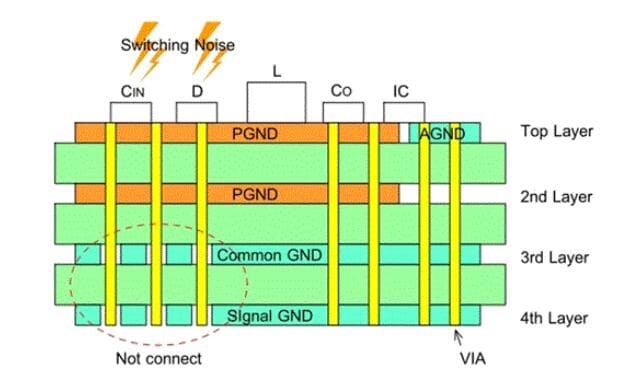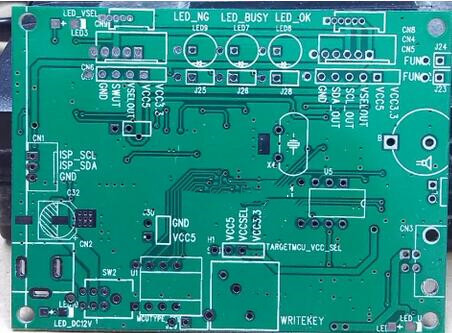What is the significance of impedance to the PCB circuit board, and why does the PCB circuit board need to be impedance? This article first introduces what impedance and the type of impedance are, secondly introduces why the PCB circuit board needs to be impedance, and finally expounds the meaning of impedance to the PCB circuit board. Follow the editor to learn more about it.
What is Impedance?
In circuits with resistance, inductance, and capacitance, the resistance to alternating current is called impedance. Impedance is usually represented by Z, which is a complex number. The real part is called resistance, and the imaginary part is called reactance. The blocking effect of capacitance on alternating current in the circuit is called capacitive reactance, and the blocking effect of inductance on alternating current in the circuit is called For inductive reactance, the blocking effect of capacitance and inductance on alternating current in the circuit is collectively called reactance. The unit of impedance is ohms.
Impedance Type
- Characteristic impedance. In electronic information products such as computers and wireless communications, the energy transmitted in the circuit of the PCB is a square wave signal (called pulse) composed of voltage and time. The resistance it encounters is called characteristic impedance.
- Differential impedance. The driving end inputs two identical signal waveforms with opposite polarities, which are respectively transmitted by two differential lines, and the two differential signals are subtracted at the receiving end. The differential impedance is the impedance Zdiff between the two wires.
- Odd-mode impedance. The impedance of one line to ground in the two lines is Zoo, and the impedance values of the two lines are the same.
- Even-mode impedance. The impedance Zcom when two identical signal waveforms with the same polarity are input to the drive end and the two lines are connected together.
- Common mode impedance. The impedance Zoe of one line to ground in the two lines, the impedance value of the two lines is the same, usually larger than the odd mode impedance.
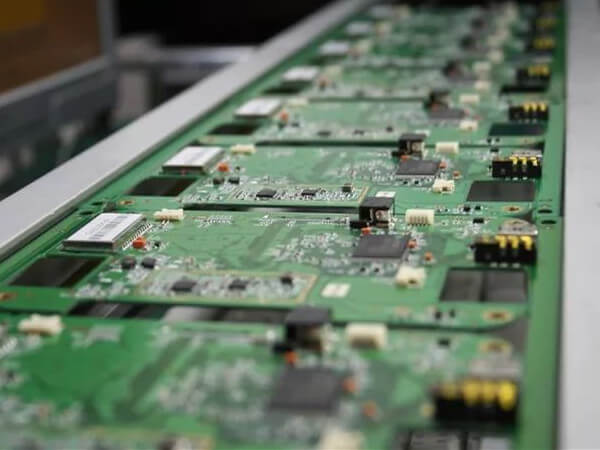
Why Do PCB Boards Need Impedance?
The impedance of the pcb circuit board refers to the parameters of resistance and reactance, which hinder the alternating current. In the production of pcb circuit boards, impedance processing is essential. The reasons are as follows:
- The PCB circuit (board bottom) should consider the installation of electronic components, and consider the conductivity and signal transmission performance after plugging. Therefore, the lower the impedance, the better.
- During the production process, the PCB circuit board has to go through the process of copper sinking, electroplating tin (or electroless plating, or thermal spray tin), connector soldering and other processes, and the materials used in these links must ensure that the resistivity is low to ensure that The overall impedance of the circuit board is low to meet the product quality requirements and can operate normally.
- The tinning of the PCB circuit board is the most prone to problems in the production of the entire circuit board, and it is the key link that affects the impedance. The biggest defect of electroless tin plating layer is easy discoloration (easy to oxidize or deliquescence) and poor solderability, which will make the circuit board difficult to solder, and the impedance will be too high, resulting in poor electrical conductivity or unstable performance of the whole board.
- There will be various signal transmissions in the conductors in the PCB circuit board. In order to improve the transmission rate, the frequency must be increased. If the line itself is different due to factors such as etching, stack thickness, and wire width, the impedance value will change. , so that the signal is distorted and the performance of the circuit board is degraded, so it is necessary to control the impedance value within a certain range.
The Meaning of Impedance for PCB Circuit Board
For the electronics industry, according to industry surveys, the most fatal weakness of electroless tin plating is easy discoloration (both easy to oxidize or deliquescence), poor solderability, which leads to difficult soldering, and high impedance, which leads to poor electrical conductivity or unstable performance of the entire board. , Easy to grow tin whiskers, resulting in a short circuit of the PCB circuit and even burn or fire.

